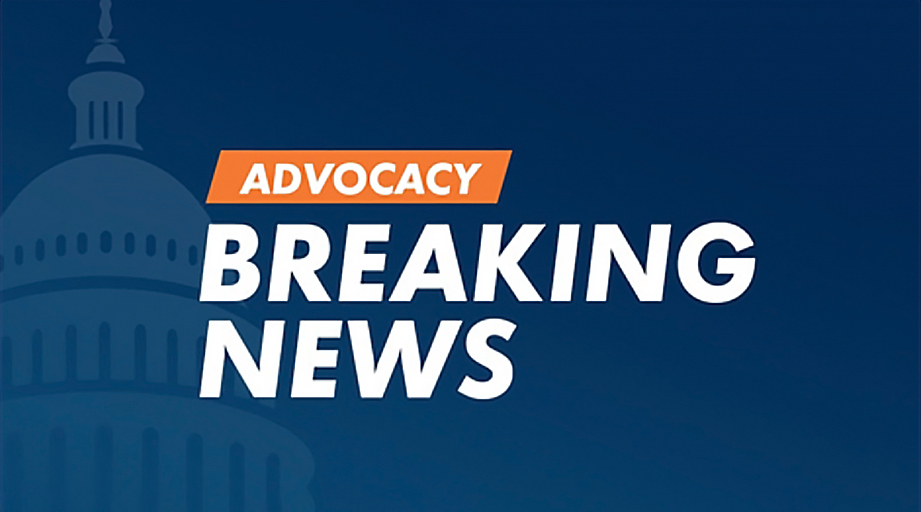
As the ASHP Practice Advancement Initiative (PAI) nears its tenth year, pharmacy leaders from across the nation are helping to shape the initiative to advance pharmacy practice in ambulatory and acute care settings over the next decade.
The 15-member PAI 2030 advisory panel convened at ASHP’s Bethesda, Md., headquarters March 11–12 to review PAI’s initial recommendations and suggest improvements and new areas of emphasis.
Topics under discussion included the use of healthcare analytics data to inform decision-making, the use of emerging technologies for patient monitoring and drug delivery, how artificial intelligence may affect care delivery, and support for advanced roles for pharmacy technicians.
“This was a difficult task but a great opportunity,” Douglas J. Scheckelhoff, Senior Vice President of ASHP’s Office of Practice Advancement, said of the committee’s deliberations. He called the advisory meeting “the first step in the process of setting the future course of this highly successful initiative.”
The panel’s recommendations will be reviewed by ASHP’s leadership, members, and other stakeholders. The final PAI revisions are scheduled to be unveiled at ASHP’s 2019 Midyear Clinical Meeting in Las Vegas.
PAI was launched in 2010 and was initially called the Pharmacy Practice Model Initiative (PPMI). AJHP reported in 2011 that the initiative’s goal was “to significantly advance the health and well-being of patients in hospitals and health systems by developing and disseminating optimal pharmacy practice models that are based on the effective use of pharmacists as direct patient care providers.”
PPMI and the recommendations from the 2014 Ambulatory Care Conference and Summit were collectively rebranded as PAI in 2015 to better align with the profession’s emphasis on clinical activities, including expanded roles in acute and ambulatory care settings and transitional care services.
PAI provides benchmarks and self-assessment tools that pharmacy departments and practitioners can use to identify gaps and areas for improvement. The initiative emphasizes the importance of leadership and accountability at all levels to help the pharmacy profession realize its full potential in the changing healthcare environment.
Scheckelhoff said PAI has advanced the role of the pharmacist in ambulatory clinics, emergency departments, and transitional care activities.
He said the initiative also supports the expansion of clinical and leadership roles for pharmacists, such as involvement in drug therapy using pharmacogenomics, increased accountability through credentialing and linkage of pharmacy services to patient care outcomes, and the identification of new areas for medication stewardship.
National data from PAI self-assessments indicate areas where pharmacy departments have been especially successful in establishing practices described in PAI.
In 2017, more than 90 percent of pharmacy departments that submitted PAI data reported that pharmacists had leadership roles in antimicrobial stewardship programs. More than 90 percent of pharmacy departments also reported that they had implemented established criteria to identify problematic and high-risk drug therapies.
Areas for improvement included hospitals’ adoption of collaborative practice agreements between pharmacists and other healthcare providers and the examination of ways to improve the effectiveness of institutional accountable care organizations. Less than half of self-assessment respondents reported implementing these progress measures in 2017.
AJHP has published multiple reports describing how pharmacy departments have used PAI’s tools to reshape pharmacy practice. Recent examples include:
- Via Christi Health used PAI’s framework to shift several Kansas hospitals from a staff-specialist practice model to a team-based model to improve the consistency of care and support staff retention and scheduling flexibility.
- Surrey Memorial Hospital in British Columbia, Canada, implemented PAI to expand pharmacy technicians’ roles and responsibilities to include medication order entry, verification, and final checking without routine direct supervision by a pharmacist. As a result, pharmacists were able to expand their direct patient-care and medication therapy management activities.
- The University of Texas MD Anderson Cancer Center received a PAI grant from the ASHP Foundation to develop and implement a pharmacy-driven transitional care program that expands clinical roles for pharmacists.
- Henry Ford Hospital in Detroit, Michigan, used PAI’s Ambulatory Care Self-Assessment Tool to study its hospital-based clinics and identify opportunities to standardize best practices for ambulatory-care pharmacy services.
Eric Maroyka, Director of ASHP’s Center on Pharmacy Practice Advancement, said PAI 2030’s revised framework will continue to provide tools, networking opportunities, and expertise that promote practice advancement across all settings of care.
Maroyka said the participation of state affiliates in PAI activities has helped to spur growth and uptake of the initiative and its concepts. He also noted that local PAI activities have led to advocacy efforts that support the provision of optimal pharmacy services.
[This news story appears in the July 15, 2019, issue of AJHP.]









